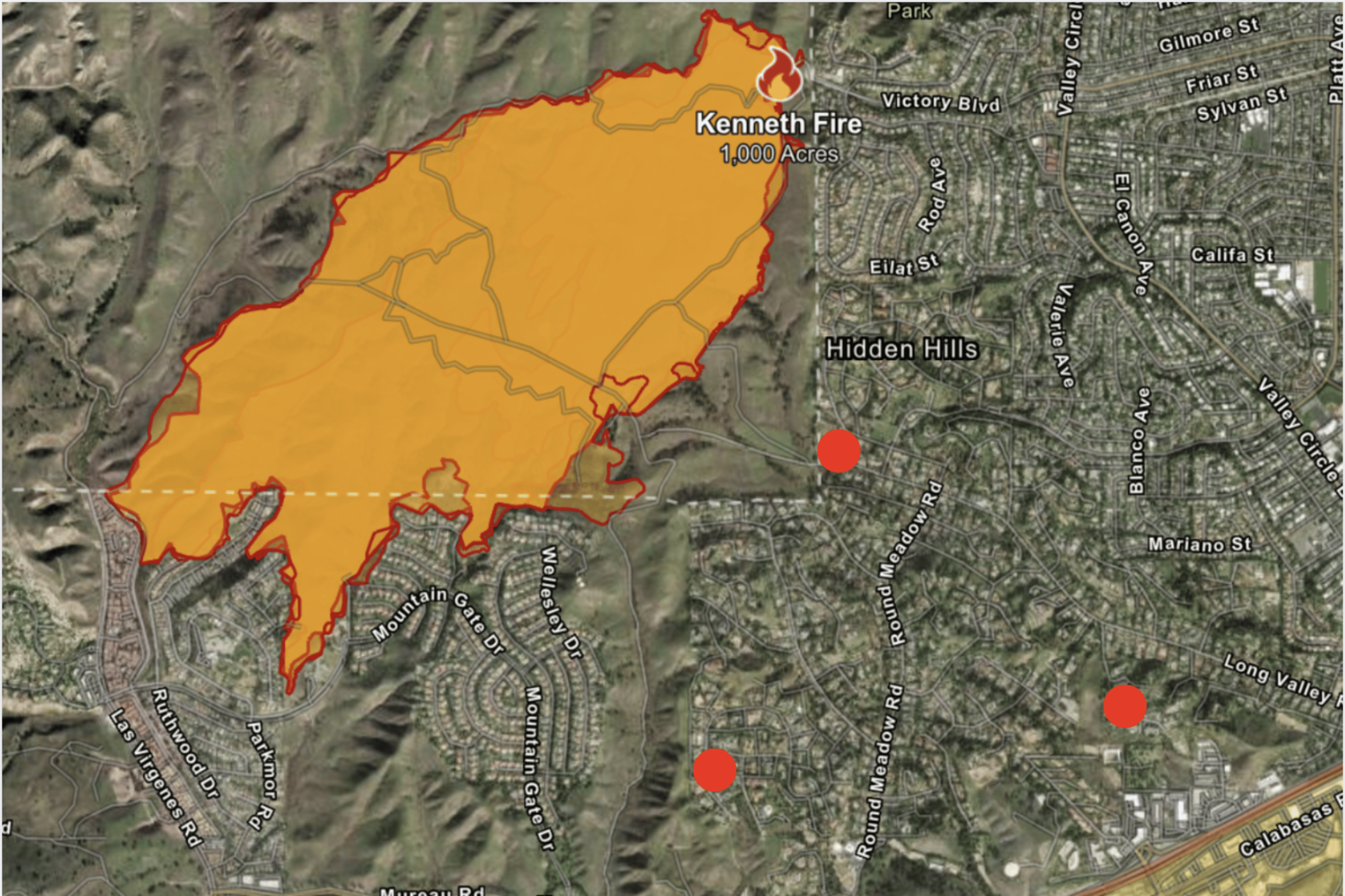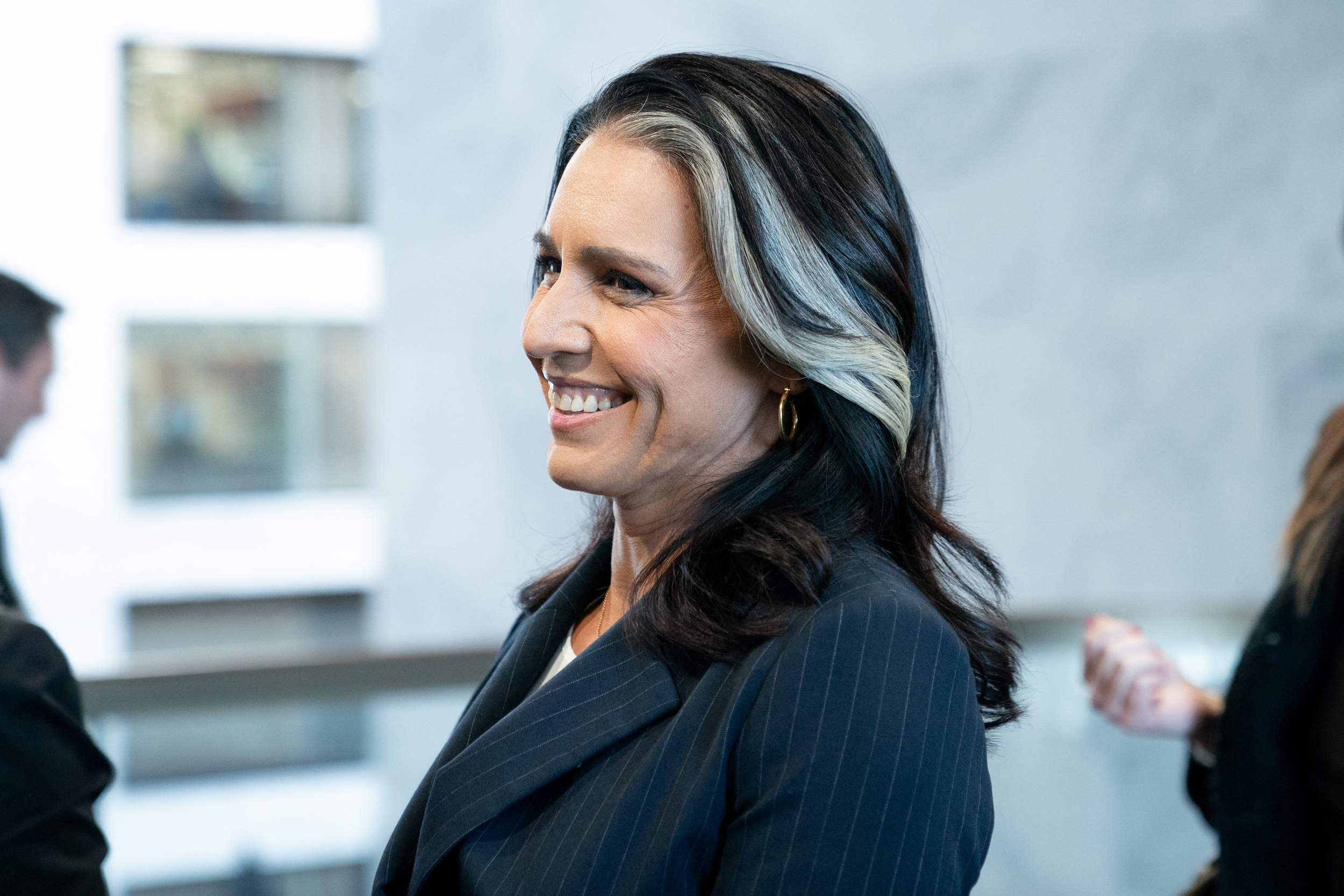Weather can sway election outcomes, especially in a country like the U.S. where voting is optional, many races are close and the weather itself can be extreme. Historical data reveals that good weather aided John F. Kennedy's win in 1960, while rain helped secure George W. Bush's victory in Florida in 2000.
This year, a massive storm stretching from Texas to Canada threatens to affect voter turnout as Donald Trump and Kamala Harris face off in one of the closest races in American history.
Meteorologists predict severe thunderstorms and rain in the next 48 hours. A cold front is set to sweep across the nation's midsection, bringing a risk of adverse weather from the Great Lakes and Upper Midwest down to the Lower Mississippi Valley, including parts of coastal Texas and Louisiana.
Path of the Storm
The worst of the storm is expected to hit safe Republican states in the South, while key swing states Wisconsin and Michigan may also see heavy rain. Up to two inches of rainfall could dampen turnout in these battlegrounds, with Northern Michigan and Southern Wisconsin particularly affected.
Rain and snow have consistently lowered turnout in past elections, often favoring one party over the other. A 2023 study in Denmark showed that voter participation drops by one percent for every 0.3 inches of rain. Similarly, a 2007 U.S. study found that rain reduces turnout by about one percent per inch.
These trends suggest the storm could cause a significant drop in voter participation in Wisconsin, Michigan, and other areas under heavy rainfall.
Will Republicans Benefit?
Speaking to the Australian Broadcasting Corporation, Professor Benjamin Reilly of the University of Sydney claims that, the U.S. presidential race is "too close to call," with opinion polls reflecting an exceptionally tight contest.
Professor Rosalind Dixon from the University of NSW agrees, emphasizing that polling data indicates a close results are possible in critical swing states, many within the margin of error. Both professors caution that adverse weather could reduce voter turnout, especially among less politically engaged voters who may skip voting due to rain or snow.

In previous elections, Republicans have benefited from poor weather, which often deters voters less committed to voting, who tend to lean Democratic. A study by Brad Gomez found that each 0.6 inch increase in rain translated to a two percent boost in the Republican candidate's vote share.

While Professor Reilly notes that the storm may affect turnout in strong Republican areas in the South, he points out that historically, Republicans have gained from low-turnout conditions. Professor Dixon, however, cautions that the weather's effect on turnout may be modest. She argues that motivated voters, regardless of weather, will likely go to the polls, making predictions uncertain.
Voter Behavior
Recent shifts in U.S. voting patterns may challenge the historical link between poor weather and Republican gains. A 2023 paper by Spencer Goidel and coauthors found that, since 2016, increased turnout no longer disproportionately favors Democrats. Instead, low-turnout conditions have recently shown to give Democrats an edge.
This evolving dynamic suggests that Trump may now have a vested interest in seeing fair weather in critical swing states including Michigan and Wisconsin.
If turnout decreases as expected in these regions, it could slightly tip the scales in Harris's favor, as working-class voters increasingly lean Republican while college-educated voters support Democrats.




















 English (US) ·
English (US) ·